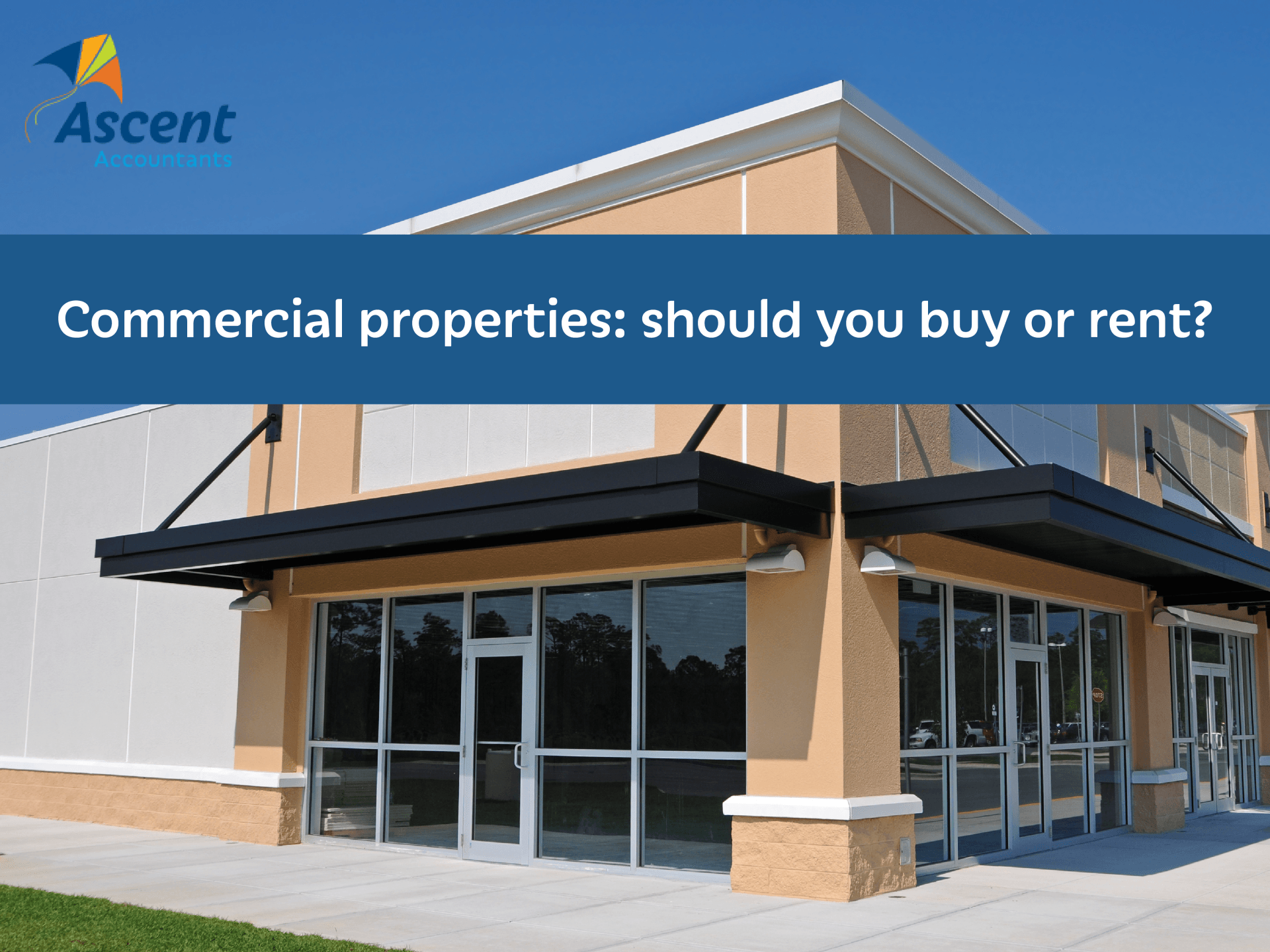Commercial properties: should you buy or rent?

Buying
Maximum control
Buying gives you significantly more control over how you want your space to look and feel. The nuance of your space says a lot about your business, so it’s pretty important to optimise the space in line with your branding, industry, services, and work culture. You can also implement added security and functionality that’s unique to your everyday operations. Renovating is much easier when you own the property, and you won’t have to restore the property to its original state if you decide to sell later (like you’d have to if you were renting).
Profit through property sale
As the property market increases, the property’s value can produce a significant yield This gives you a viable selling option during times of financial stress or crisis. Alternatively, if business is booming, you can move to an even bigger premises and rent out old property to another business, providing another income stream.
Renting
Renting means less commitment
As most growing business owners will attest, the demands on office space can change wildly, growing or decreasing with industry and consumer trends. Unlike buying, where you’re stuck with the property until you sell, renting is more flexible and you don’t need to commit to a lifetime lease. However, some landlords insist on long-term leases that may not be suitable, so it’s vital to negotiate your contract to make this option work for you.
Save money in the short-term
Despite the need for additional space, buying a property isn’t always financially viable for small business owners. Commercial leasing allows you to budget payments, so you won’t need stressful business loans and considerable liability. Your
small business accountant will help you manage savings and cash flow, and advise what option is best for you.
Don’t make the decision on your own
Make sure you choose the right tax structure
If you’re buying, choosing the correct tax structure to buy the property is important. Otherwise, you could end up with trouble at tax time. For example, whether the property will it be bought in your own name, in the business name, as a family trust, or a Self-Managed Super Fund. You’ll also need to consider cashflow, asset protection, and the tax consequences in each option. Ascent Accountants can help in selecting the most appropriate tax structure to buy the premises through.
Let’s talk about it
Deciding between renting or buying commercial real estate can be tough. We’ll go over the pros and cons of each in more detail with you, with a fine-tooth comb. Our Perth Small Business Advisers consider your long-term goals and use forecasting to better gauge how buying or renting a property can fit into your plans. Contact our small business Perth-based advisers to receive the support you need.
Need help with your accounting?








